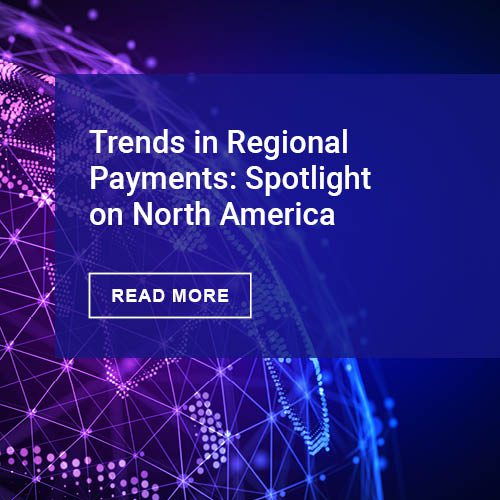As discussed in a prior PaymentsJournal.com article on OmniCommerce, to thrive in a post pandemic world, payments must remain fast, seamless and efficient yet evolve to account for the multitude of entry points. How to accomplish that, however, can be increasingly difficult, costly or both.
What is Payments Orchestration?
A Payments Orchestration layer manages and unifies payments from diverse gateways, payment methods, 3rd party services and platforms in order to minimize costs, optimize customer experience and decrease time to market. The Orchestration layer acts as a hub for traditionally more commercial facing or wholesale applications although it can and does also consolidate merchant facing applications. Mega-merchants have been utilizing commercial and self-sourced Payments Orchestration to solve for OmniCommerce and unify their different vendors and processors. Ready made cloud infrastructure is providing an affordable path for merchants and platforms to similarly pursue an Orchestration API. This single endpoint, for example, could allow for portfolio conversions without needing to change payment gateways or migrate card tokens while still allowing for redundancy and flexibility.
Payments puberty
Platforms exist to extrapolate out the complexities of a business’ offering for their end customers. Solving for this allows the platform to charge a premium. It is their core offering. Accomplishing this may require the platform to integrate a multitude of processors or gateways, exist globally where payment methods and acceptance practices differ and yet continually add new payment options such as Buy-Now-Pay-Later, RTP and Crypto. Doing this and accepting payments across entry methods and distribution models while utilizing the same tokenization and ensuring compliance is increasingly difficult.
The synthesizer
If a platform can integrate to a unified API instead of integrating separately by country or processor, they will lessen development costs and speed time to market. Likewise, companies looking to compare check-out experiences through different offerings could employ a Payments Orchestration layer to A B test a solution to minimize cart abandonment. Likewise, platforms growing through acquisition can integrate the new customer on-boarding and core solution but leave the disparate gateways in place. Payments Orchestration unifies the various entry points for payments and provides synthesized data. Payments orchestration can be critical in assisting platforms maintain compliance when they are rapidly expanding into multiple geographies or growing through acquisition
Companies voted most likely to need a name change
Any company may choose to build their own Payments Orchestration layer. Doing so provides the ultimate flexibility in options and customizations. As this is not a core competency, of most platforms and businesses, I do not recommend it. Existing providers which offer Payments Orchestration include:
- CellPoint Digital
- IXOPAY
- Rebilly
- Spreedly
- Zooz
Obviously, integrating to a Payments Orchestration layer requires perseverance, however, regardless of your choice, once a Payments Orchestration is established, it becomes far easier to incrementally add or modify features such as:
- Loyalty/Gift, card types and new payment methods (such as Crypto, BNPL, Split Payments, Installment Payments and ACH)
- Processors and gateways
- Currencies and FX conversion
- Recurring, account updater and tokenization
- Check-out methods and shopping carts
- Risk Monitoring and dispute processes
Optimization
Moreover, platforms are no longer beholden to a vendor and their data will be unified and portable. This enables businesses to continually press vendors for the most favored pricing and optimal service while maintaining focus on the UI/UX. Equally attractive, with Payments Orchestration, a platform can route transactions to optimize pricing, approval or transaction speed.
Conclusion
Payments Orchestration can accelerate time to market by decreasing development time needed to individually payment enable and integrate disparate services. This is especially true if the checkout experience is managed within the Orchestration API. A unified payments API can make growth and future integrations substantially easier. Marketing departments will praise the functionality and practicality of having trials (to minimize abandonment rates for example) and the data to support their expenditures. It should be considered for high growth platforms and global enterprises.












